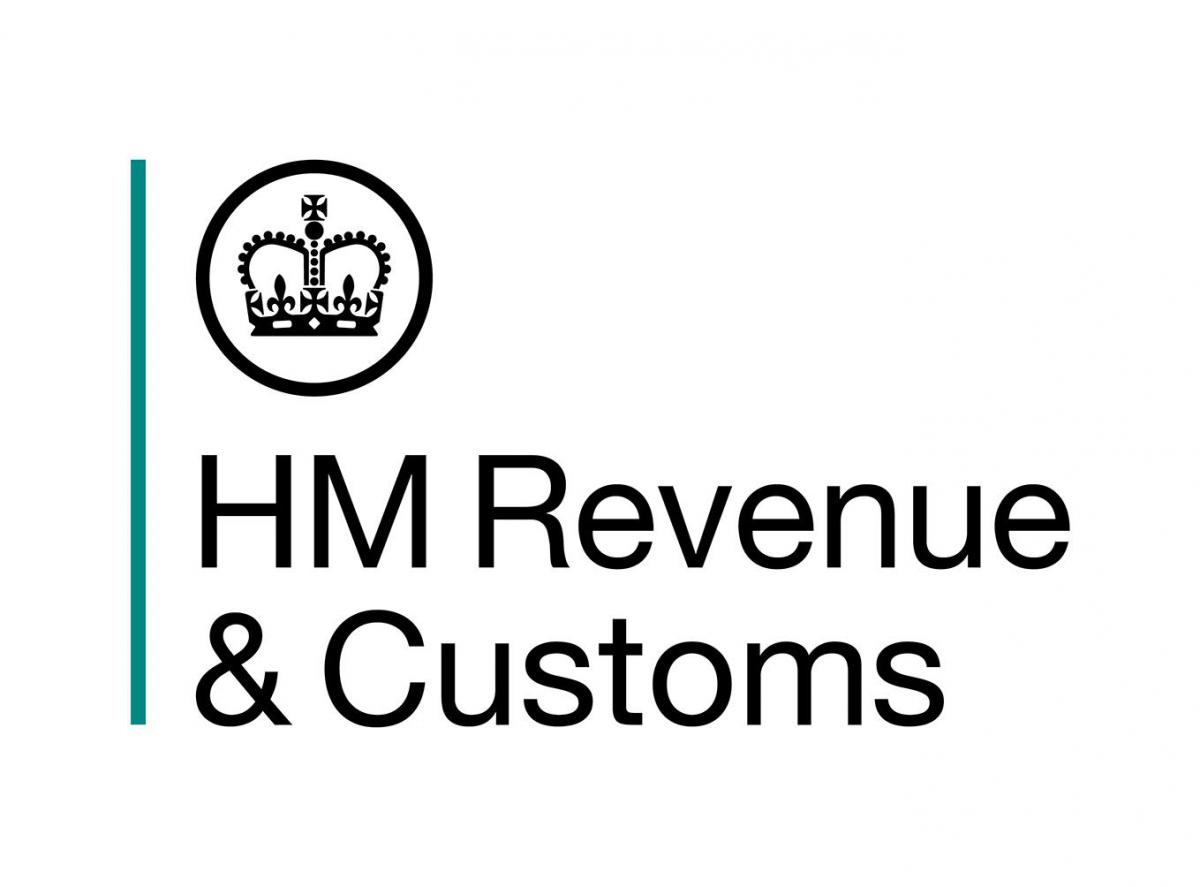
I’ve written about other tax efficient ways of withdrawing money out of your company.
But what is the difference?
Distributable profits are what you are left with once you have accounted for all costs and all tax liabilities, including corporation tax.
Still not sure?
Let’s look at why the distributable profits figure would be different to the cash position.
1. So you might think “sales are coming through and I am cashing in all these money, surely, I can withdraw some of it by paying myself a dividend?”
When you make a sale, you will initially raise an invoice and record the transaction in your trade debtors account before you receive the money for that sale. This transaction is considered as a debt owed to your company and will increase the distributable profits but, there is no cash movements at all until the invoice is paid later.
Same applies for purchases you make which you don’t pay immediately. When you record the transaction, the distributable profits will decrease and again no actual cash movement. All of this information should come up in your management accounts produced by your accountant.

2. Secondly, when working out the profit you will also need to account for non-cash items such as depreciation of capital assets. This is an expense deducted from your business income to reflect the fact that your asset is losing its value over its useful life.
For instance, if you buy a computer which you use entirely in your business, but you estimate you will only use it for 4 years, than you can recognise that in those 4 years, its value will decrease as it won’t have the same performance capacity as new and other more performant computers will be available in that time. Therefore, to reduce its value you calculate and account for, say 25%, each year for those 4 years. However, this is purely a “paper” expense which requires no actual cash outflow.

3. Dividends come after the estimated corporation tax on the profit on loss for the year, so when you pay dividends you have to allow for corporation tax to come first!
For example, if the only transaction a company has undertaken has been sales of £10,000 and assuming this amount has been paid to the company, then despite there being the full £10,000 in the company bank account the distributable profits figure would only be £8,100 (being £10,000 less the £1,900 corporation tax provision).
![]()
4. In the same way, VAT can have the effect of increasing the difference between the cash held by a company and the distributable profits position.
Where a company is VAT registered they must charge VAT on relevant sales – this is likely to be all sales for most businesses working with UK clients.
As such where an invoice of £10,000 is issued to a client, a further 20% of VAT will need to be added, making the total invoice £12,000.
At the time this is paid, and ignoring any corporation tax provision, the company will have £12,000 in the bank but the sales / profit figure on this amount will be £10,000 – with £2,000 owed to HMRC in the form of VAT.

If you are still not sure how much distributable profit you have available, check with your Account manager as they already have this information.


